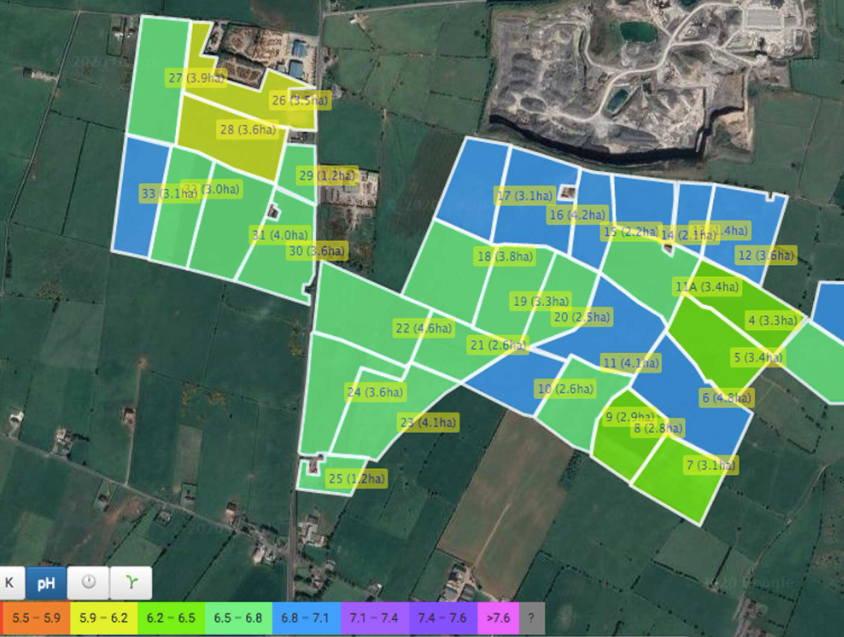Why Every Farmer Needs a Farm Mapping Strategy?
In today’s ever-evolving agricultural landscape, farm mapping has become an indispensable tool for farmers looking to optimize their operations and yield better results. From precision agriculture to resource management, having a well-thought-out Agrarian mapping strategy can significantly impact a farm’s efficiency and productivity.
The Power of Precision
One of the key benefits of implementing a robust mapping strategy is the ability to enhance precision in farm management. By accurately mapping out the various sections of a farm, farmers can gain valuable insights into soil quality, crop health, and irrigation needs. This level of precision enables farmers to make data-driven decisions that can lead to increased yields and reduced waste.
Moreover, by utilizing advanced technologies such as UAV lidar mapping, farmers can obtain high-resolution aerial imagery that provides detailed information about crop health and topographical features. This data can be instrumental in identifying areas that require special attention, optimizing input usage, and detecting potential issues early on.
Streamlining Operations
By creating digital maps of their farms, farmers can plan planting patterns, monitor crop progress, and create customized treatment plans for different areas. This level of organization not only saves time but also reduces costs associated with manual labour and excess resource usage.
With the integration of lidar mapping, farmers can take their efficiency to the next level by generating accurate 3D models of their fields. These models offer a comprehensive view of the terrain, enabling farmers to identify drainage issues, assess field accessibility, and plan field operations with precision.
Sustainability and Resource Management
Sustainability is a growing concern in agriculture, and land charting can help farmers adopt a greener approach to farming practices. By analyzing data collected through UAV lidar mapping and other technologies, farmers can optimize their use of resources such as water, fertilizers, and pesticides. This not only benefits the environment but also leads to cost savings for the farmer.
Furthermore, it allows farmers to implement precision irrigation systems that deliver water directly to where it’s needed most. By mapping out soil moisture levels and crop water requirements, farmers can avoid overwatering, minimize runoff, and sustainably promote healthier crop growth.
Conclusion
In conclusion, the importance of a well-defined farm mapping strategy cannot be overstated in today’s agricultural sector. From precision agriculture to sustainability and resource management, it offers a multitude of benefits for farmers looking to optimize their operations and maximize their yields. By leveraging technologies like this, farmers can gain a competitive edge in an increasingly complex and data-driven industry.





